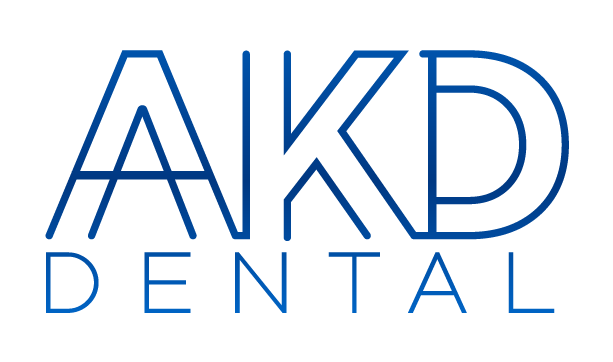
Trinity Dental Courses is a three-part course taught by Dr Ajay Dhunna and Dr Ferdi Chum which focuses on building the foundation of modern-day dentistry: rubber dam isolation, photography and posterior resin restorations.
These three topics together are taught in a hands-on way to aid understanding for the delegates and allow full immersion into everyday scenarios. The main difference between this course and others is the focus on the practical side as well as the first two days being held in a clinical setting to allow delegates to get used to using protocols as they would do in surgery.
Adhesive dentistry is no longer the future, it is the present, therefore we all have to adapt. Why not learn the best techniques and practice ready to get back to clinics with newfound knowledge?
Course Overview
Course Overview
The curriculum for Trinity Dental Courses is split over the course of 3 days. Each day will cover a different topic in detail and it will provide you with the foundations you need to level up your clinical and documentation skills.
Day 1 – Isolation
Day 1 – Isolation
- Modern day restorative work and materials rely on dry clean substrates to bond to. This is not possible without adequate isolation.
- Throughout this day, we will teach you how to efficiently and effectively isolate as many teeth as required for any particular work you will be doing. This involves live practicing on each other, and subgingival isolation on models.
Everyday Isolation
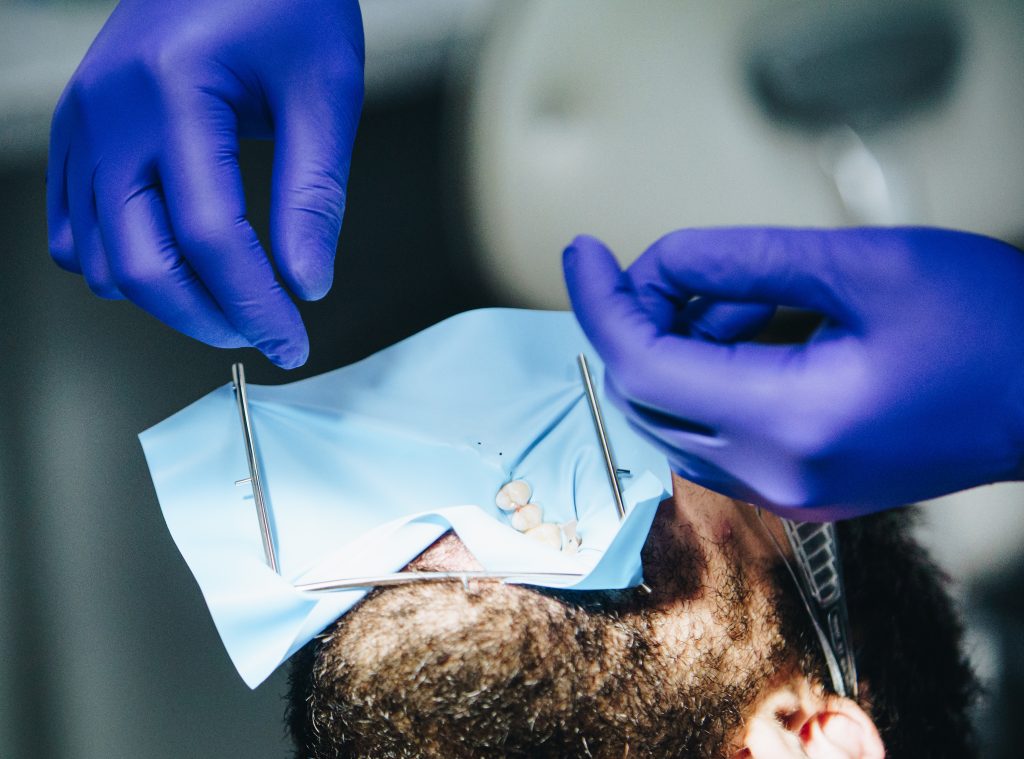
Ever been stressed because you have one hand that is wrestling the tongue, and the other is trying to race against time from saliva slowly saturating the cotton wool and creeping towards your dry field?
Hate having the rubber dam clamp in your way? Blocking your access? Can’t fully place the matrix tightly against the tooth?
In this component of the course, we will cover how to avoid all that. This way the rubber dam is your best friend rather than your enemy.
Complex Subgingival isolation
After mastering the basics of everyday isolation for more simple cases. We will go through the fundamentals of more complex isolation techniques. Often you will find margins of indirect restorations ending up equi-gingival or subgingival. We will walk through via hands on training on teeth models on how to predictably correctly seat the dam and isolate subgingivally.
We will also be covering some specialised clamps designed for specific purposes to isolate deep margins where treatment cannot be completed without them
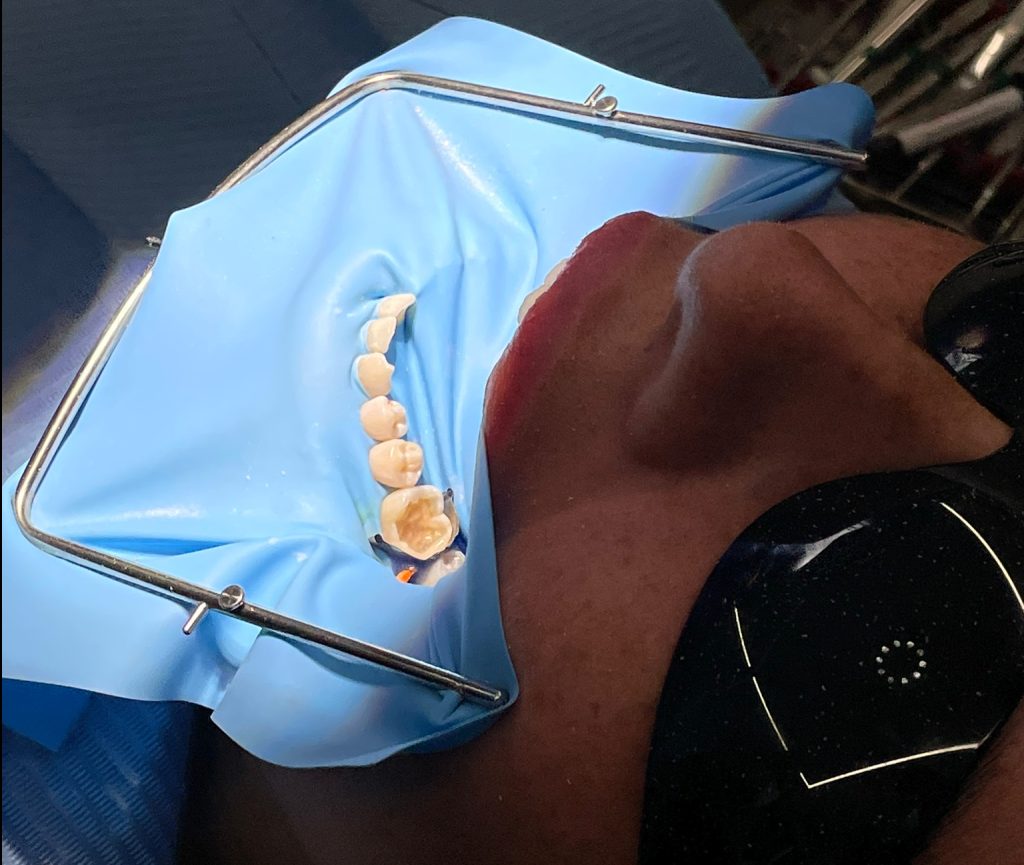
Day 1 Gallery
Day 2 – Photography
Day 2 – Photography
- Photography is paramount in your career to develop yourself and your clinical skills. Record your gold standard bonding protocol, and workflow documentation made simple by day 1 content. This is the stepping stone to improving the practical aspect of your clinical dentistry.
- Throughout this day, there will be 2 components to this, learning how to produce consistent photographic record keeping. This is based on accreditation photography guidelines.
- Part 2 of the day is learning how to cost-effectively and time-efficiently produce the ideal frame after pro-production global editing.
Record Keeping
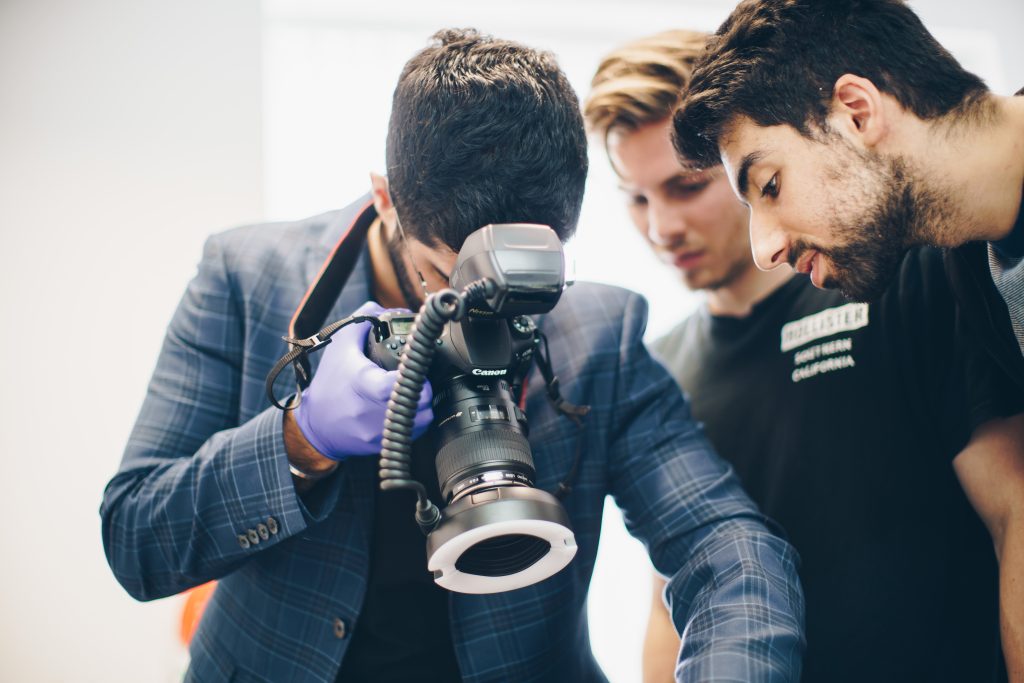
BACD photography guidance is the gold standard of photography record keeping and documentation. We will discuss the workings of a DSLR, and help you optimise your equipment.
Taking photos is not just for case submission or for medical reports. For orthodontics and aesthetic zone lab communication, it is absolutely imperative that these are carried out to a good standard.
We will cover how to take photos, the position of the patient, the position of the clinician, and the position and manipulation of mirrors, retractors, and other accessories.

Day 2 Gallery
Post-Production Global Editing
At TDC, we only advocate global editing ie. cropping, straightening/rotating, brightening, etc. to produce the ideal frame for workflow documentation or layout consistency in record keeping ie. for orthodontic photo records.
The following gallery is just a sample of what we do on a daily basis, and we will go through with you how you can create consistency like this.
Day 3 – Posteriors
Day 3 – Posteriors
- This day we will be taking you through the principles and foundations of good strong direct composite restorations.
- These literature-based protocols allow us to create long-lasting restorations in a simple and effective manner.
- The hands-on component is focused on good bonding and marginal seals, varying from Deep Margin Elevation (DME) to direct cusp replacement.
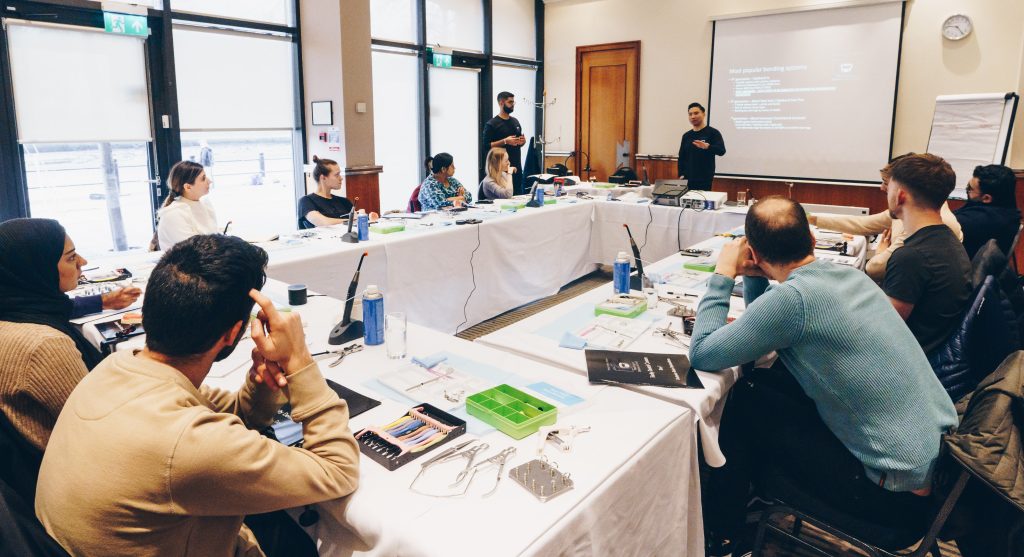
5 hands-on practical exercises on pre-cut model teeth
The posterior direct restoration is one of the most common procedures we do on a daily basis.
We will cover the fundamentals and what will ensure your restoration lasts.
- good marginal seal
- good bonding protocol
- good isolation
But of course, we will also cover how to make your restoration look good, staining, anatomical layering, and bio-emulation.

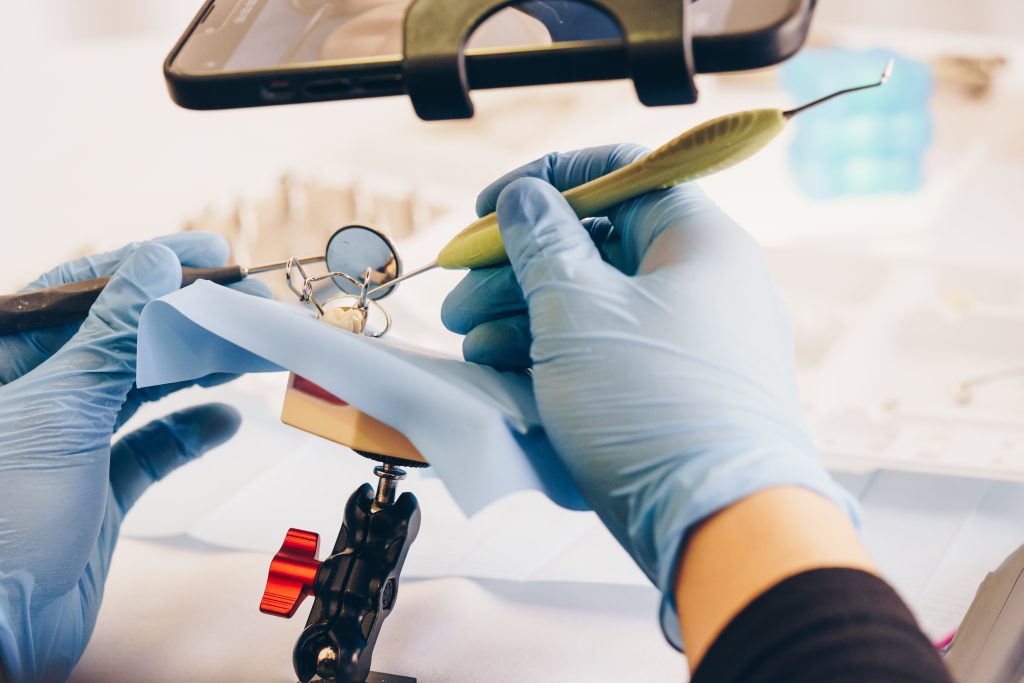
Have you ever felt there are situations where you cannot isolate and matrix the same tooth?
Isolation is the basis of gold-standard adhesive dentistry
Here, we will discuss our technique to ensure that in all situations, a rubber dam is not the enemy. There will be hands-on exercises on restoring using unique matrices under isolation.
Day 3 Gallery

Dr. Ajay Dhunna
We will be helping all our delegates during the practical guiding you through the process.
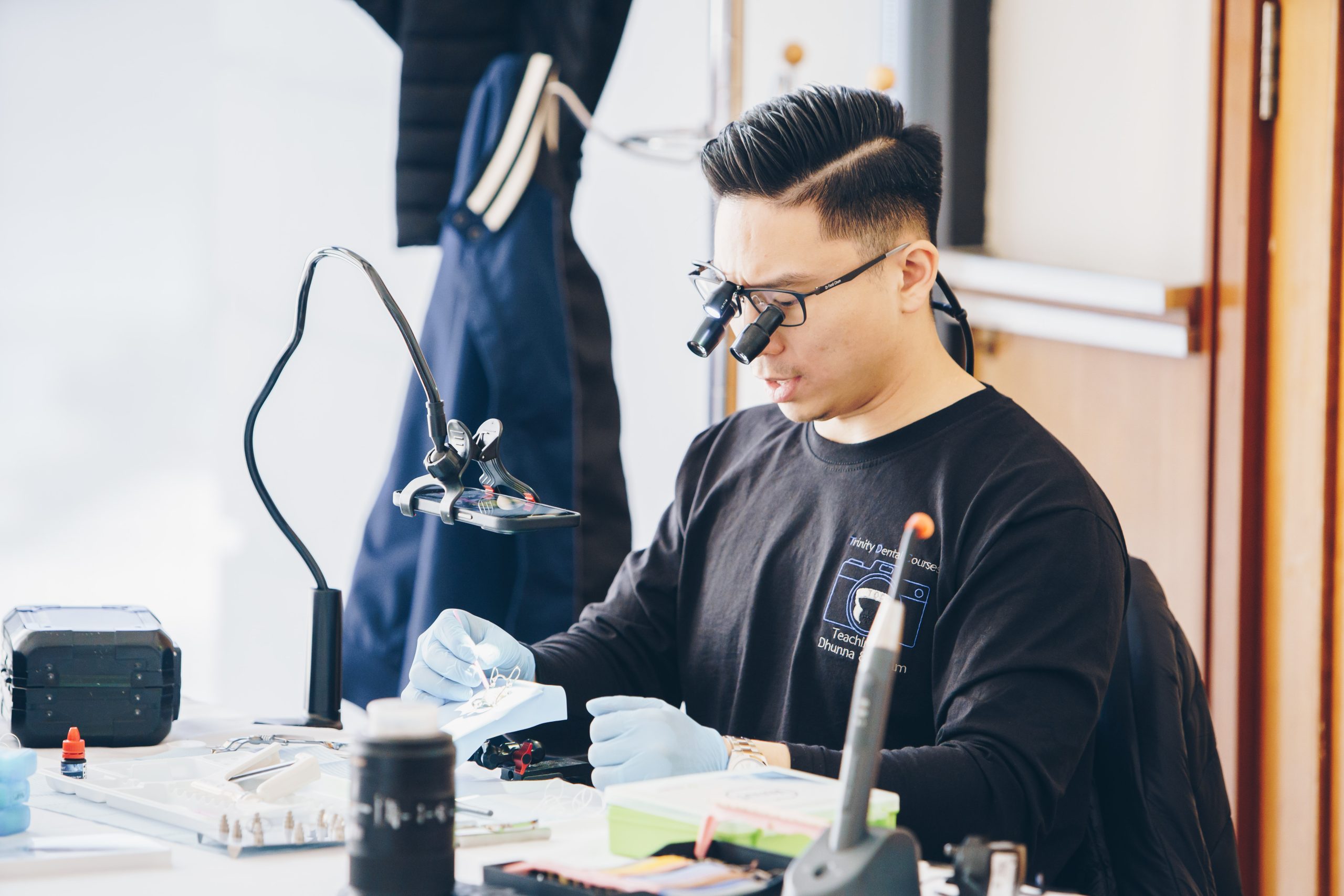
Dr. Ferdi Chum
You will be following us on the hands-on practical, step by step to ensure a well-sealed and long-lasting restoration.
Find out more about our courses and book on to our next cohort!
